Baptism
NLC ARTICLES
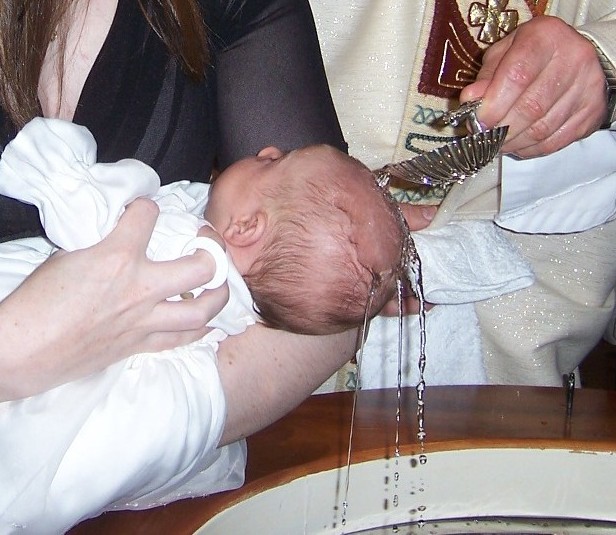
The rich meaning behind the water, oil, white garment, and candle used in baptism is explored as a way of understanding their spiritual power.

The criteria used by the Catholic Church to recognise baptisms from other Christian traditions are clarified to support ecumenical understanding.
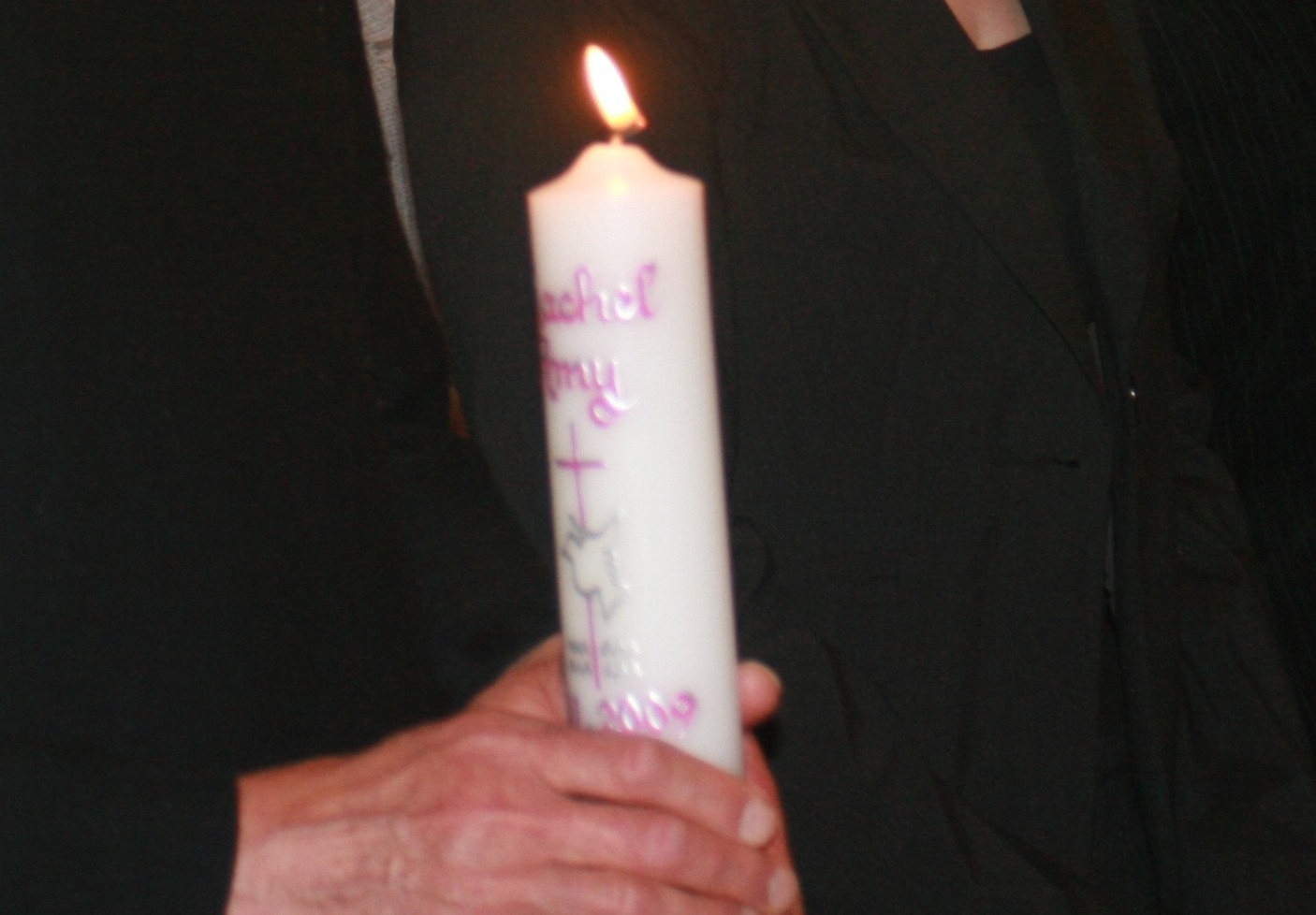
The role and responsibilities of godparents in the baptismal rite are described here, with an emphasis on their ongoing commitment to the child's faith journey.

This piece outlines the Church’s understanding of who is eligible for baptism, addressing considerations for infants, children, and adults.
official documents
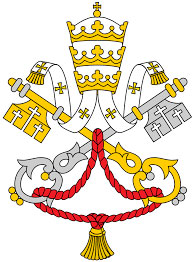
Holy See
This Vatican instruction addresses the pastoral and theological reasons for baptising infants, emphasizing the Church's duty to nurture faith from the earliest stages of life while also considering parental intention and preparation.
This doctrinal note from the Congregation for the Doctrine of the Faith declares that baptisms performed by the Church of Jesus Christ of Latter-day Saints (Mormons) are not valid from a Catholic perspective due to fundamental differences in the understanding of the Trinity.
This Vatican note clarifies that baptisms performed with formulas such as “We baptise you…” instead of “I baptise you…” are invalid, as they deviate from the Church’s prescribed Trinitarian formula and undermine the sacramental intent. It reaffirms the importance of adhering strictly to the liturgical norms for the validity of the sacrament.
DIOCESAN RESOURCES
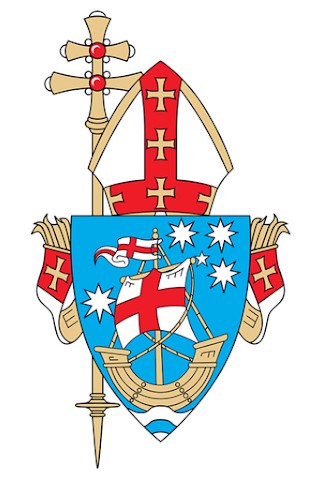
Adelaide
This downloadable PDF provide guidelines for the Sacraments of Initiation of Children Children for the Archdiocese of Adelaide. It provides a background for the sacrament, including the vision of the Second Vatican Council and a theology of the three Sacraments of Initiation. It present the Archdiocesan policy and guidelines for its implementation.
Information is provided on the process for arranging baptism within the Archdiocese of Adelaide, including preparation requirements and the structure of the ceremony.
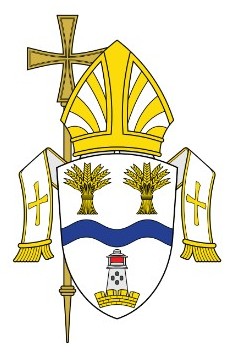
Maitland-Newcastle
This downloadable PDF explains the significance of baptism and the liturgical options when celebrating with children. It describes the relationship of baptism with other Christian traditions, providing a comprehensive list. It outlines the importance of preparation and the various roles of those involved.
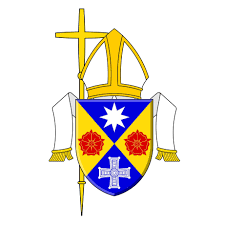
Sandhurst
This article offers theological insight into baptism as a sacrament of initiation and discusses its importance in the life of the Christian community.
An explanation is given of the structure and key elements of the Rite of Baptism, serving as a guide for those participating in or preparing for the celebration.
OTHER RESOURCES
Journal Articles

Baptism is a liturgical celebration incorporating rich symbols and rituals and can be broken into four parts: reception of the children, celebrations of God's word, celebration of the sacrament, and conclusion of the rite. Baptism is the foundational sacrament of Christianity which draws us into the life of Christ, and offers an opportunity for relatives and friends to come together in faith.

In order to communicate meaning effectively to everyone present, liturgical symbols must be sufficiently large and adequately demonstrated in order to be perceptible to the senses. If the sacrament of baptism is to adequately symbolise what is taking place, it is imperative that infants and catechumens be lavishly immersed in water since they are being baptised into the life and death of Christ.
Bulletin Articles
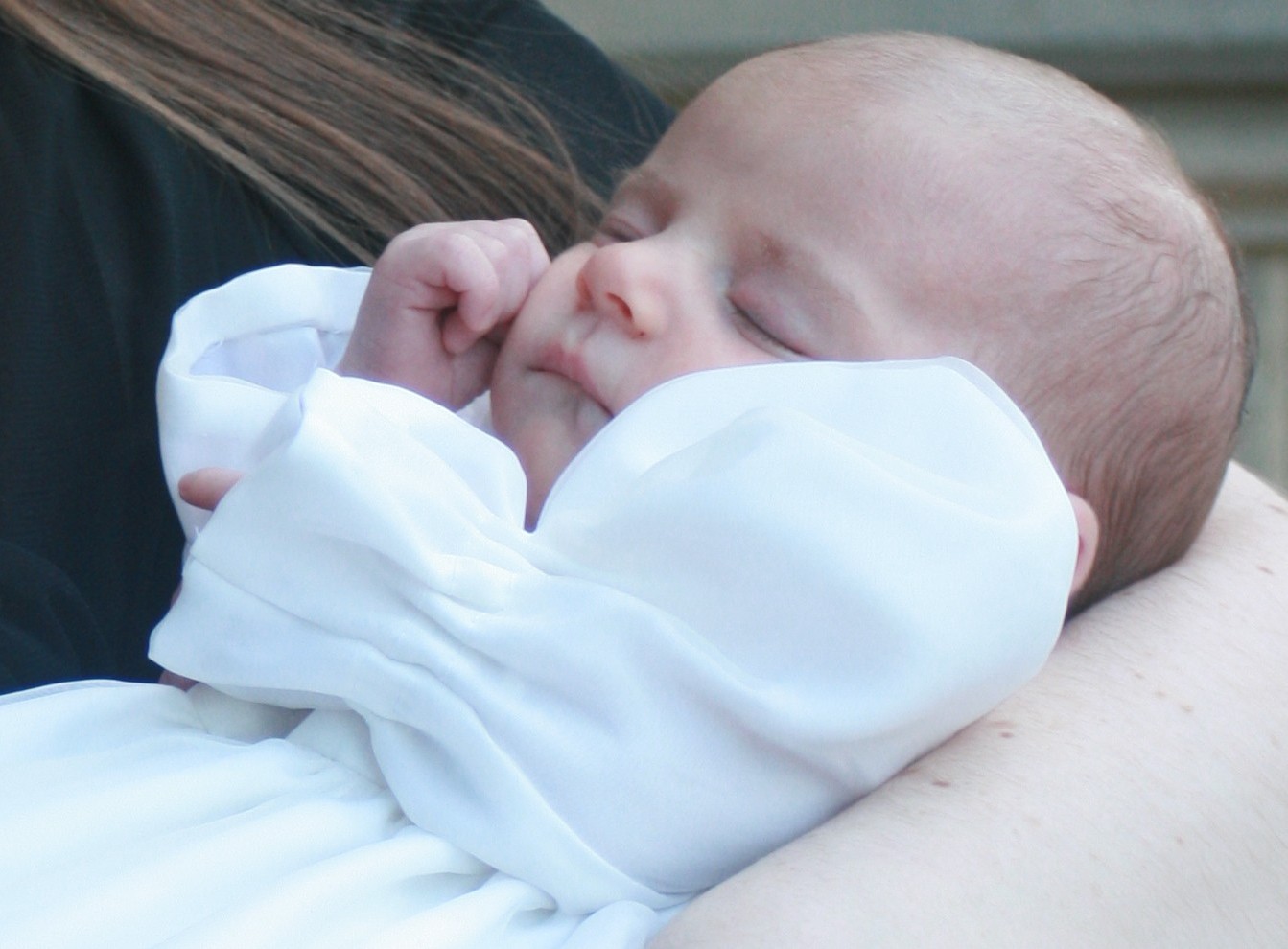
This reflection explores the meaning and significance of baptism and encourages a deeper appreciation of this foundational sacrament.

